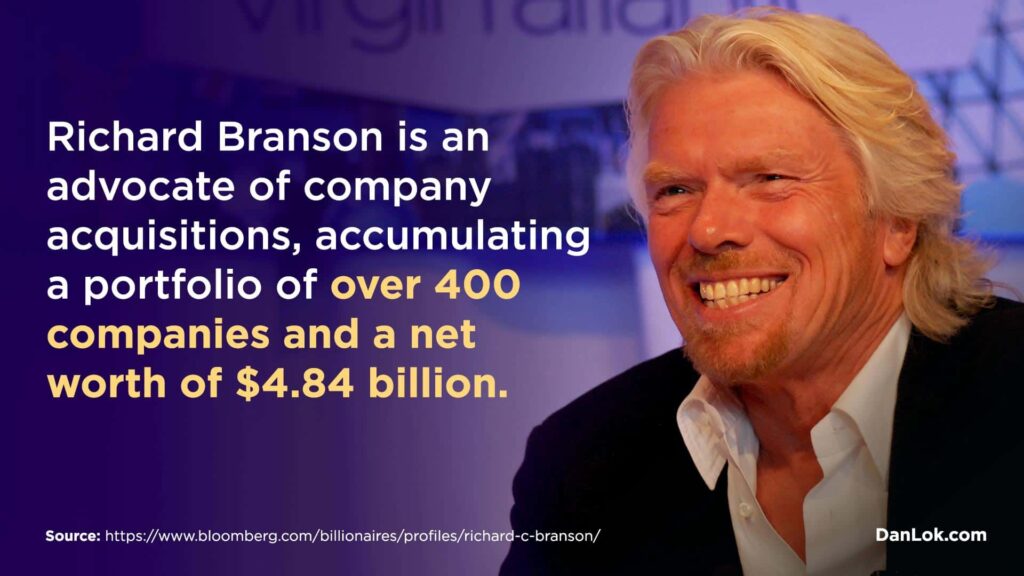Today you’ll discover how to increase your revenue to hit your first $100K or add an extra $100K to your coaching/consulting business.
HEADS UP: If you already run group coaching sessions with amazing results, then the majority of this article won’t apply to you.
So, if you’re looking to scale your business to $100K/month…
Click here to find out why most coaches will NEVER hit $100K/month and how to ensure you do >>
How Group Coaching Saved My Business & My Sanity
When I first started in the coaching space, I’d already had a successful copywriting/consulting business.
So, it didn’t take me long to hit my first $10K month as a coach.
But, that’s where my coaching business stayed for years.
I couldn’t work out how to move beyond $10K.
I’d heard about group coaching before but I had my doubts.
My main concern was not being able to give my clients the attention they needed.
That’s when I discovered the 7 successful coaching and consulting secrets >>
Make sure you pay close attention to models 2 and 3 as they will be most relevant to you if you want to begin or take your group coaching to the next level.
After implementing group coaching into my business, I saw my revenue skyrocket.
That’s no exaggeration.
If you’d like a quick explanation as to why group coaching works so effectively, then click the link below to check out the short podcast episode where I break it all down.
Discover how to leverage your time and make more money with fewer hours and far less effort >>
Because contrary to popular belief, you can make or add $100K to your business without working harder.
And if you’re wondering how many clients you’ll need at your current price point to hit your business goals…
Then I reveal the best way to add $100K in 30 days as a coach or consultant here >>
Each of these links I’m giving you is different, but if you invest a small amount of time today to review them and implement the teachings, I promise you’ll see massive results in your business FAST.
7 Reasons Why Your Clients Will Love Group Coaching
- Group coaching is one of the most powerful things you could ever install in your business, for many reasons.
- People like being part of a group, even more so, they like being part of a like-minded group of people with similar goals and roadblocks.
- Group coaching environments have a greater impact in less time.
- Your clients learn the insights and “a-ha” moments of their peers.
- It improves accountability.
- It can make your services more affordable to a wider range of clients.
- With individual coaching, each time you help solve a problem for one of your clients, another client goes through the same problem a few weeks later. You wish you could have had both clients in the same place at the same time.
This is why it makes sense to run group coaching sessions.
But what if you’ve never run group coaching calls before?
I got you covered.
I recorded you a quick podcast episode where I teach you exactly how to run group coaching calls >>
How To Create A Group Coaching Program
Everything you know about creating a coaching program for a client can be applied to creating a group coaching program…
But if the idea of group coaching is new to you, or you already have a group coaching program but you feel it could be improved upon, then click here to watch this video >>
How To Sell Effortlessly By Leveraging “Irresistible Offers”
Group coaching is the holy grail for scaling your coaching business.
But to pull it off you need an irresistible offer.
It doesn’t matter how good your marketing or sales process is if your offer lacks punch.
Your offer must speak to your prospect’s problems.
You want them to think “it’s as if his offer was created just for me”.
Here’s a simple example.
No one can sell meat to a vegan.
It doesn’t matter how good the sales copy is, or how persuasive the salesperson is.
But when vegans see a sign that reads…
“Vegan Food Here” they know the offer was created for them.
The offer is very direct and if the food looks good, they’ll buy it on the spot.
Why It Pays To Have Less Offers In Your Business
I know people who have countless offers in their business.
This may seem like a good idea, but in my experience, it pays to keep things simple.
Now, although my business has evolved and I have many offers now, when you really break it down I’ve got front-end offers and back-end higher ticket offers.
The Best People To Sell To (That’ll Pay You $5k, $10k, even $25k)…
Once you’ve created your high ticket offer, and decided on a group coaching model, there’s ONE type of person who will buy from you.
They’ll happily pay you what you’re worth…
They’ll be easy to work with…
They’ll love everything you do and refer their friends to you.
These people won’t give you price objections or take weeks to think about it, and your sales calls will be effortless.
Once you start selling to this specific type of person, your business will NEVER be the same.
So now you know how to build a business that pays you tens of thousands extra every year without any extra work, just making a few small tweaks to how you do things.
Even if you implement a fraction of it, you’ll be shocked at what you can accomplish.
Till next time,
Dan Lok
P.S. – If you already run group coaching sessions but want to scale your business to $100K per month and fast then click here to watch my Advanced Expert on-demand training >>



























